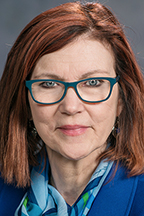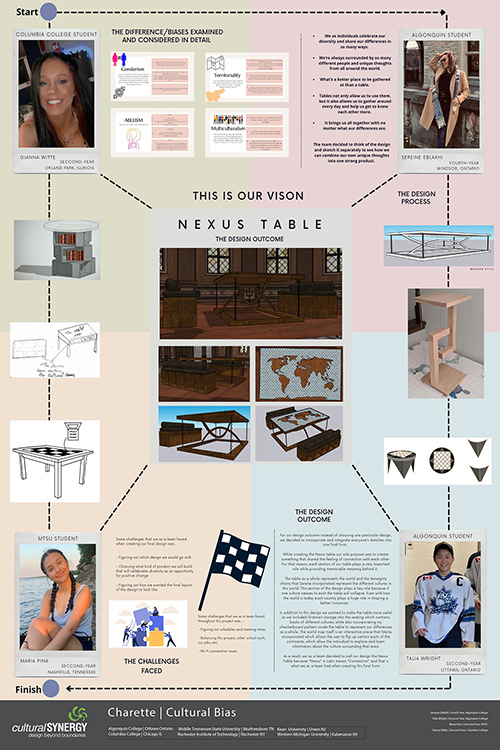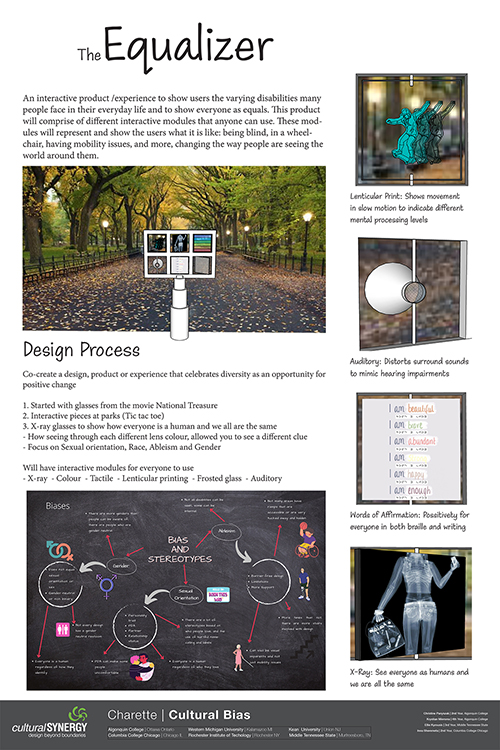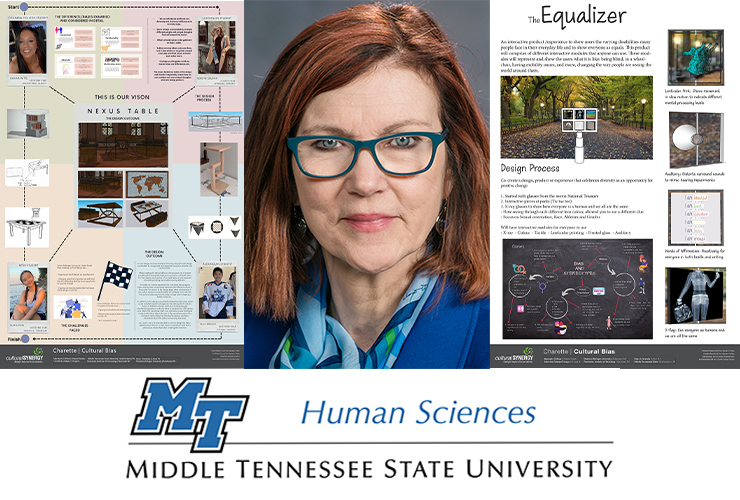Interior design majors at MTSU have a worldwide view of their future professions after participating in a project designed to help them avoid cultural bias in their work.
MTSU sophomores in an interior design process class and juniors in a corporate design class teamed up with students from other North American universities in February for a project that challenged them to cast off old assumptions and overcome the obstacles of the COVID-19 pandemic to work together.

Janis Brickey, an associate professor of interior design, said that, with technology, the international nature of design work has changed, so appreciating a diversity of cultures, generational differences and individual backgrounds is more important than ever.
“In the last 15 years, our field has changed tremendously because of the changes in materiality, our awareness of global warming and global warming means that we (have to have) sustainable products,” Brickey said.
As well as MTSU, participating institutions included Columbia College in Chicago, Illinois; Rochester Institute of Technology in Rochester, New York; Algonquin College in Ottawa, Ontario, Canada; Kean University in Union, New Jersey; and Western Michigan University in Kalamazoo, Michigan.

During the first week, students were obligated to write personal reflections on cultural awareness, produce an icebreaker video, collaborate on a team contract and complete a cultural bias worksheet. They also were assigned to create a product or other platform to communicate cultural bias issues about which they had learned.
With the ultimate output making up 10% of their final course grade, the students came up with some innovative ideas that included a coloring book, a café, dolls, face masks, a cookbook, a hair salon, interactive games and an interactive table suitable for libraries.

Maria Pina Valencia, a junior interior design major from Antioch, Tennessee, helped design the Nexus Table, an interactive table that includes the world map. This table represents international connections and how different cultures and minds can work together.

“Our poster includes our design process which explains how we used our four different ideas for our final design, the challenges we faced throughout the project, our different sketches and ideas and, lastly, our outcome,” said Valencia.
“We wanted to show how four completely different minds can create something that brings a unique, interactive experience that allows you to learn and communicate with others along with being functional by adding hidden compartments.”
Ellie Kyrousis, a senior interior design major from Rye, New Hampshire, and her team created a poster titled “The Equalizer,” an interactive product that used individual filters to show people in different ways.
“The goal for our model was to create a sense of equality between all people, whether it had to do with disabilities, skin tones, gender or religion,” Kyrousis said. “People who used the filters would see everyone the same way, without judgment.”
Brickey said collaboration and communication are important when designing for a variety of people, especially in commercial design.

In that specialty, the client could be involved in hospitality, education, religion, restaurants or offices. Since the pandemic prompted millions of employees to work from home if they could do so, a new specialty called “resimercial,” a combination of residential and commercial design, has emerged.
“Companies are repurposing environments to be able to have spaces where people can work in multiple places within a given environment,” Brickey said. “That’s very important because it gives people freedom to be able to work and group-meet when they need to and then be silent when they need to.”
This is MTSU’s first foray into a project of this kind, but Brickey said she thinks the students learned a great deal.
“This experience was out of my comfort zone, but my group made it very fun and easy,” Valencia said. “It really showed me that, no matter how many challenges we faced, as long as we all put our minds into it and worked with each other, we could get it done exactly how we wanted.”
“When starting the project, I was nervous about working with other design students, worried that my ideas would not be as good as theirs,” Kyrousis said. “However, as I got to know my group more, I learned that they all felt the same. This helped us bond over our work because we were open and honest with each other from the start.”
“This was a stark reality for our students, but the outcomes from it — it’s just amazing what they produced,” Brickey said.
For more information about MTSU’s Interior Design Program, contact Brickey at 615-566-7604 or janis.brickey@mtsu.edu, or go to https://mtsu.edu/programs/interior-design/index.php.
— Gina K. Logue (gina.logue@mtsu.edu)


COMMENTS ARE OFF THIS POST